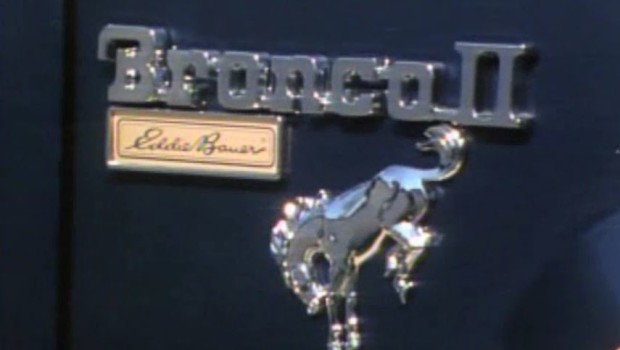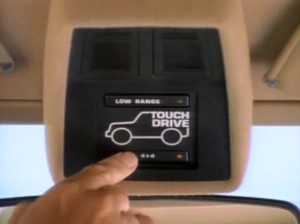Ford

Published on May 28th, 2018 |
by BajaBusta
1986 Ford Bronco II Manufacturer Promo

The 1986 introduction of the 2.9-liter engine and rear-wheel-drive variant saw a shift in buyer demographics. While early Bronco IIs were often purchased in base or XL trim by those who needed the truck’s off-road or all-season capabilities, the changes for the 1986 model year saw sales of higher-end XLT models soar. Range-topping Eddie Bauer models were popular, too, as they helped project a rugged-yet-sophisticated appearance to suburban buyers. Those opting for four-wheel-drive Bronco IIs could also choose an electronic transfer case option in late 1996, allowing drivers the luxury of engaging four-wheel drive, on the fly with the press of a button.
The Bronco II rode on a short 94-inch wheelbase, and measured just 68 inches wide. At 94 inches tall, that produced a high center of gravity, making the Bronco II susceptible to rollover if driven improperly. Oddly enough, this was more of an issue with rear-drive Bronco II models (due, perhaps, to their slightly higher center of gravity) than with four-wheel-drive variants, but the occurrence of rollover accidents was frequent enough to catch the attention of the National Highway Traffic Safety Administration (NHTSA) and the Insurance Institute for Highway Safety (IIHS).
Word source: Hemmings
1988: Ford was Exploring a four door Bronco II
1984 Ford Bronco II Test Drive
1984 Ford Bronco II vs Blazer Promo Video
Tags: 1986, 1986 Ford Bronco II, 4x4, Bronco II, consumer reports, Dealer Training Video, Dealership, Eddie Bauer, Ford, ford Bronco II, how reliable are, how reliable is, jd power, Laser Disc, LaserDisc, Manufacturer Promotional Video


